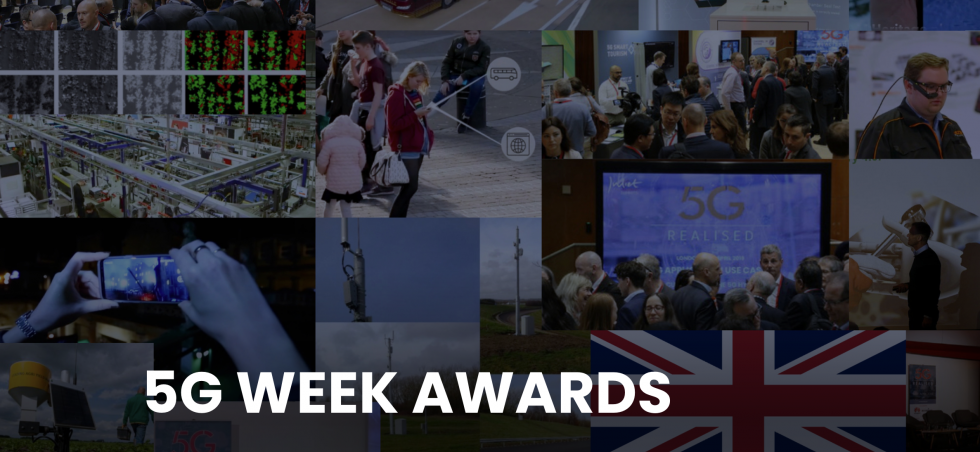5G WEEK AWARDS: ‘MOST INNOVATIVE USE OF 5G TECHNOLOGY’

The AutoAir project deployed at the Millbrook autonomous and connected vehicle proving ground, a project spearheaded by Dense Air using our 5G small cell building blocks lands another award for Most innovative use of 5G Technology.
5G Week has created a focus point for companies delivering real solutions and use cases built on 5G. It provides a platform for industry to collaborate with leading technology companies and the UK Government. Juliet Summits is pleased to host The 5G Week Awards that focus on the best of the best of 5G Adoption, Business Cases and Deployment across the entire ecosystem around the world.
5G Week Awards Winners are:
Most Innovative use of 5G Technology – AutoAir for 5G Project in Millbrook with Rakuten as an honourable mention
The most significant vertical sector deployment by a vendor – Blu Wireless and Broadway Partners for Liverpool’s Connecting Health and Social Care programme
The operator with the best industry deployment – Vodafone for Private 5G Network for Ford and Lufthansa Projects
Best OSS/BSS deployment enabling 5G – Oracle for Service and Network Orchestration with Vodafone UK
The leading individual ‘champion’ of 5G – Philip Marnick, Spectrum Group Director, Ofcom
The independent panel of judges included:
- Keith Willetts, Board member of UK5G and Founder of TM Forum
- David Pringle, TMT Writer, Analyst, Editor, former telecoms and technology correspondent for The Wall Street Journal
- Nancee Ruzicka, Principal Strategist at ICT Intuition, LLC
- Robert Driver, Head of UK5G Innovation Network
- Dean Bubley, Industry Analyst, Strategy Advisor & Chair/Speaker on Telecoms, 5G, Wi-Fi, Spectrum Policy, IoT & Futurism
About AutoAir:
Officially launched in mid-February and now in Phase 2. deployment, the AutoAir consortium is made up of a number of different partners from across the digital communications and automotive sectors, including: Dense Air, Airspan Network, Millbrook, Real Wireless, Blu Wireless, Quortus, Telefonica/O2, Atkins and the University of Surrey’s 5G Innovation Centre and the R&D arm of motorsport behemoth McLaren. The lead organisation on the project, however, is Dense Air, which specialises in network densification, as well as what it calls “integrated backhaul solutions”.
“The site also allows us to explore a variety of potential deployment situations because of the number of different test tracks that it offers, such as the ‘city’ areas, handling circuits, the hill route and so on. The infrastructure we’re building essentially represents a macrocosm of the challenges we’re likely to encounter in the outside world if we want to deploy hyper-dense small cells rather than traditional macro cells sat on top of a hill. It helps us understand what we’ll need to do differently.” Read More
